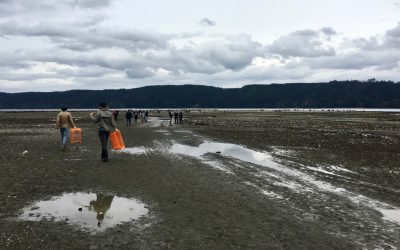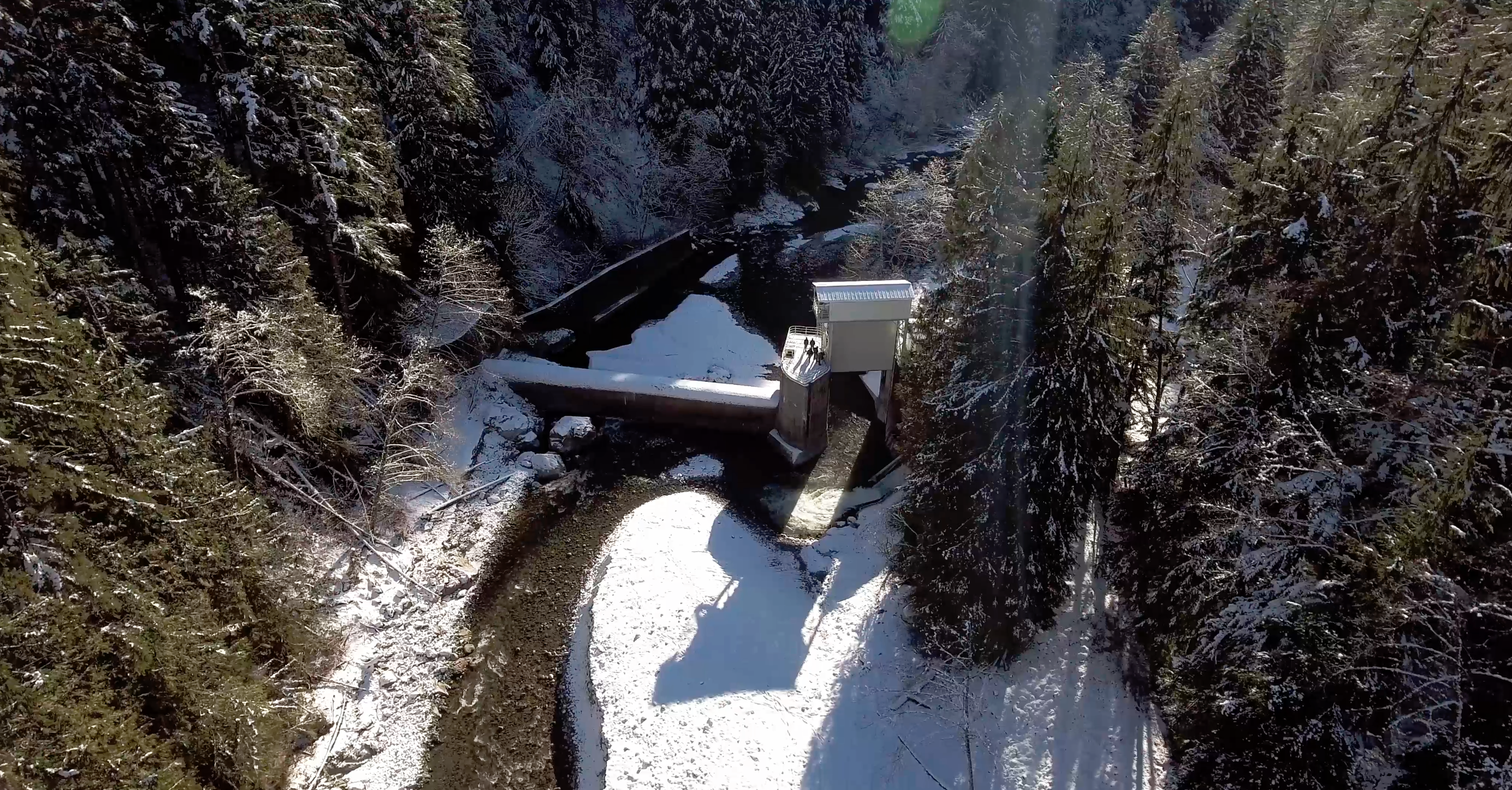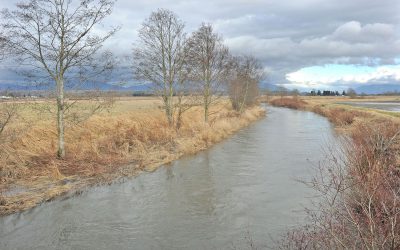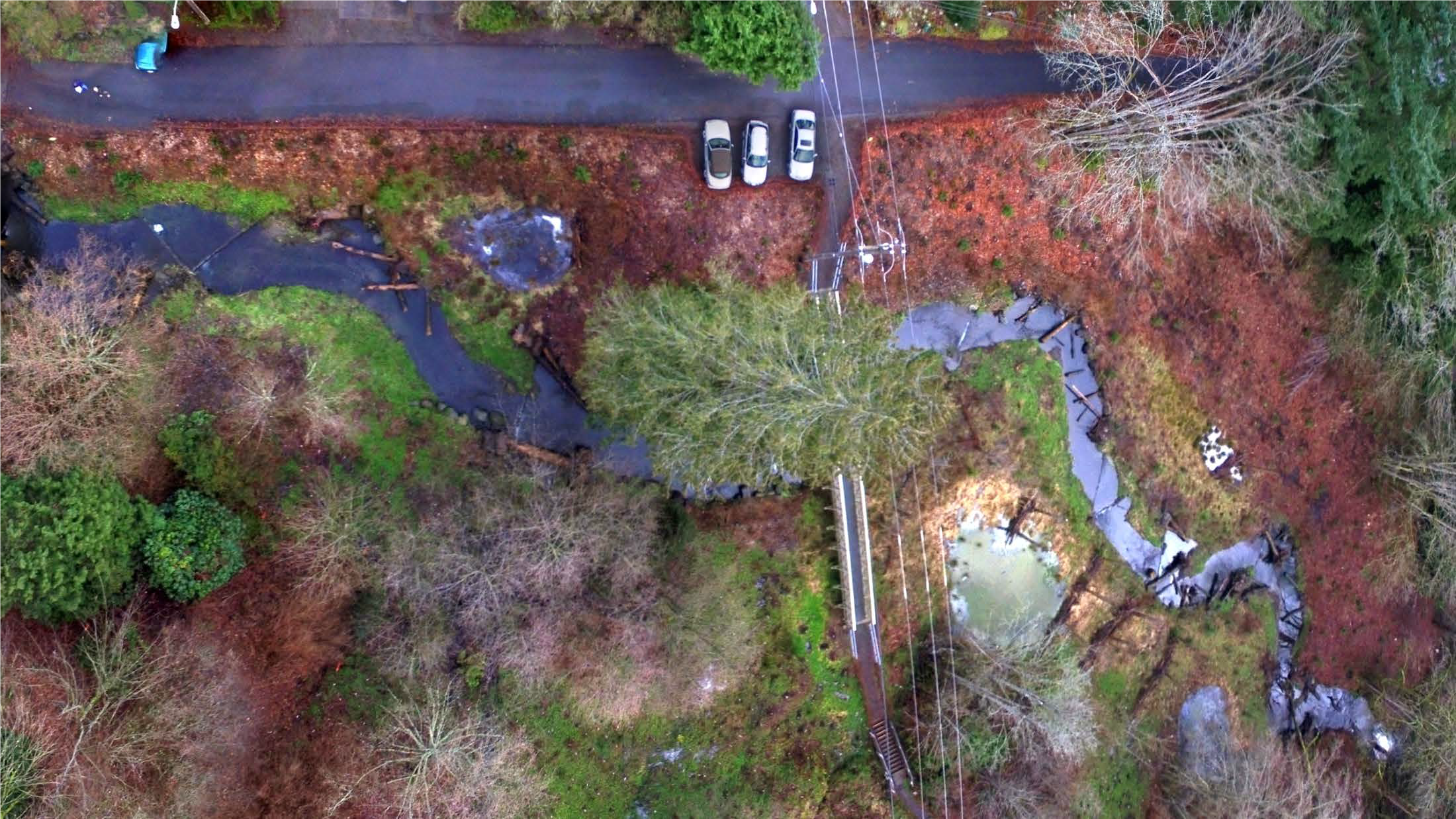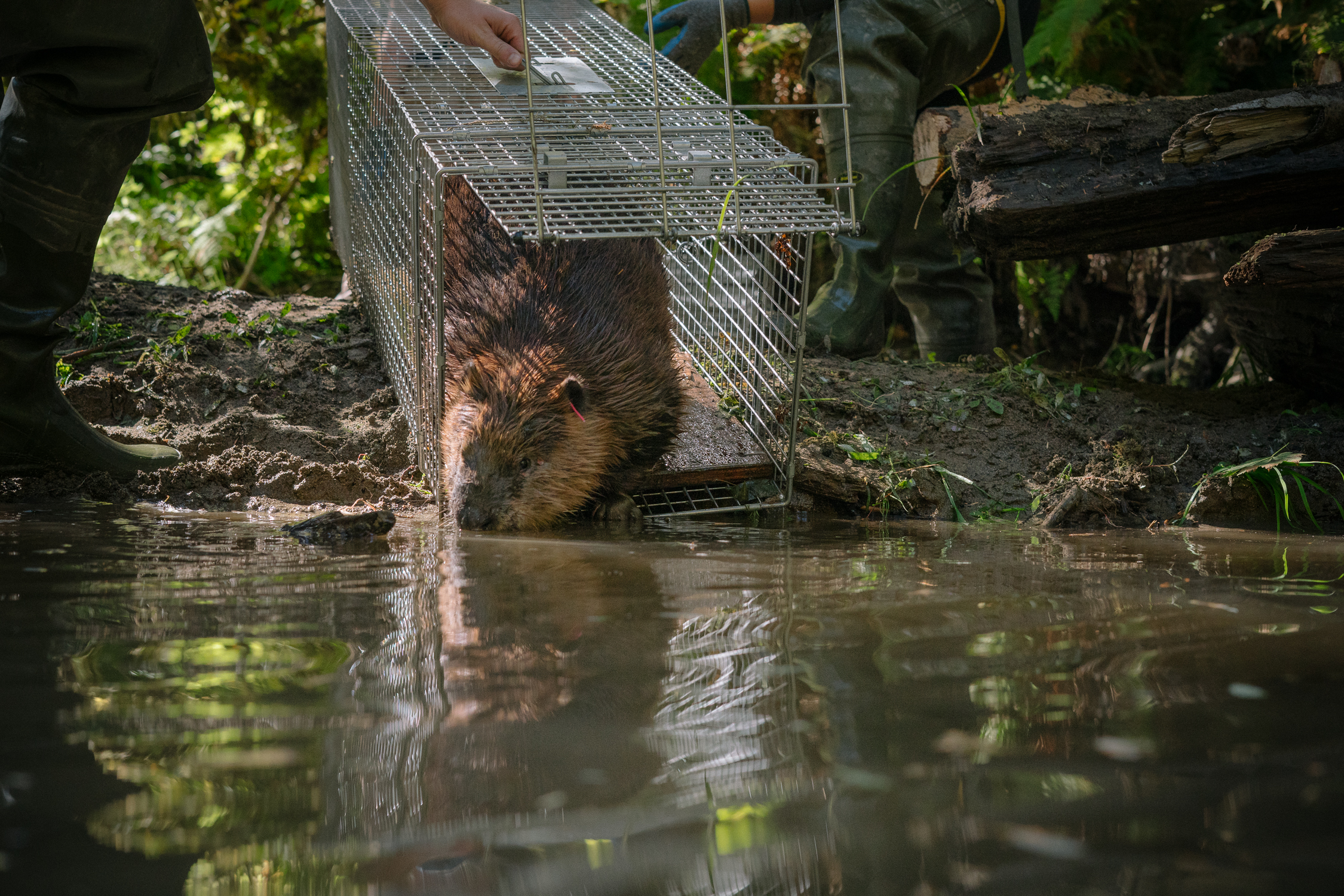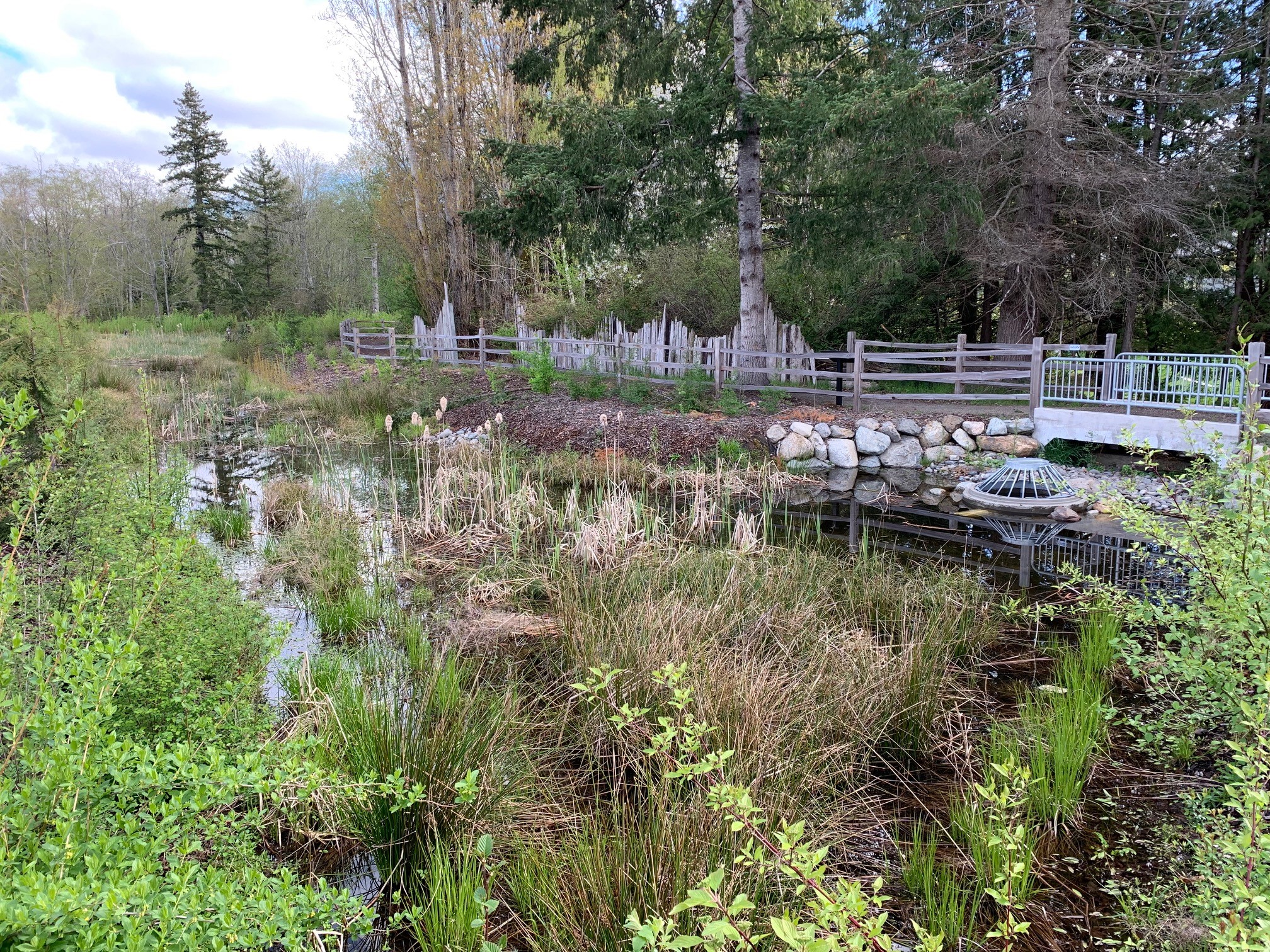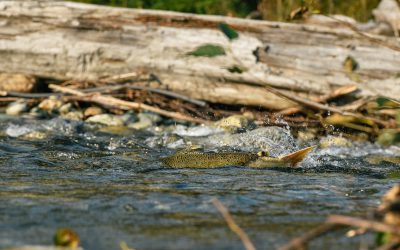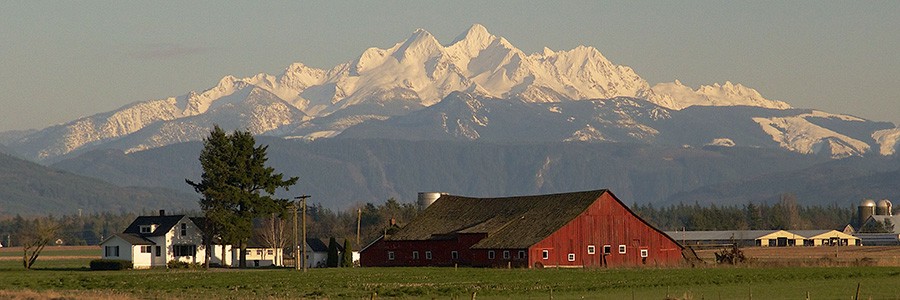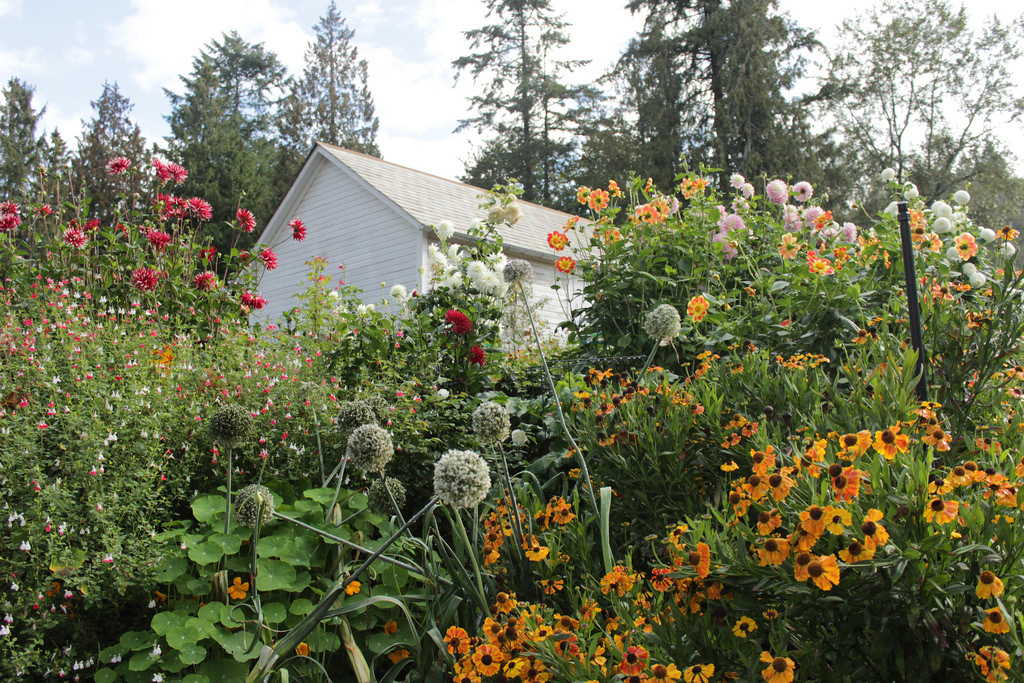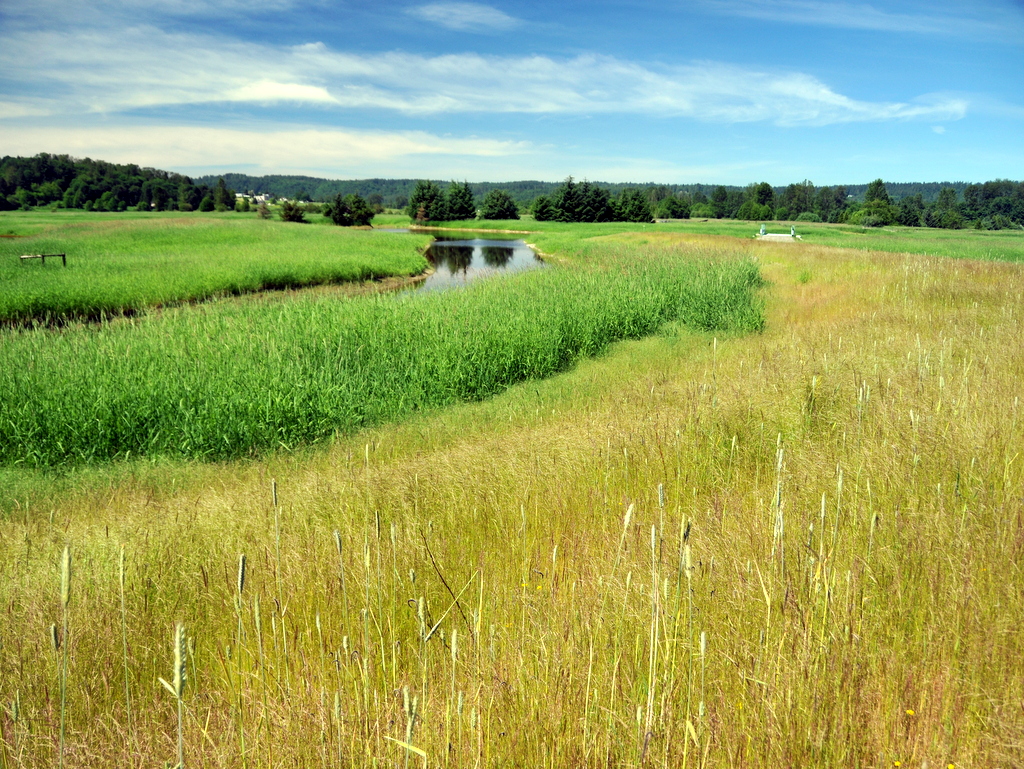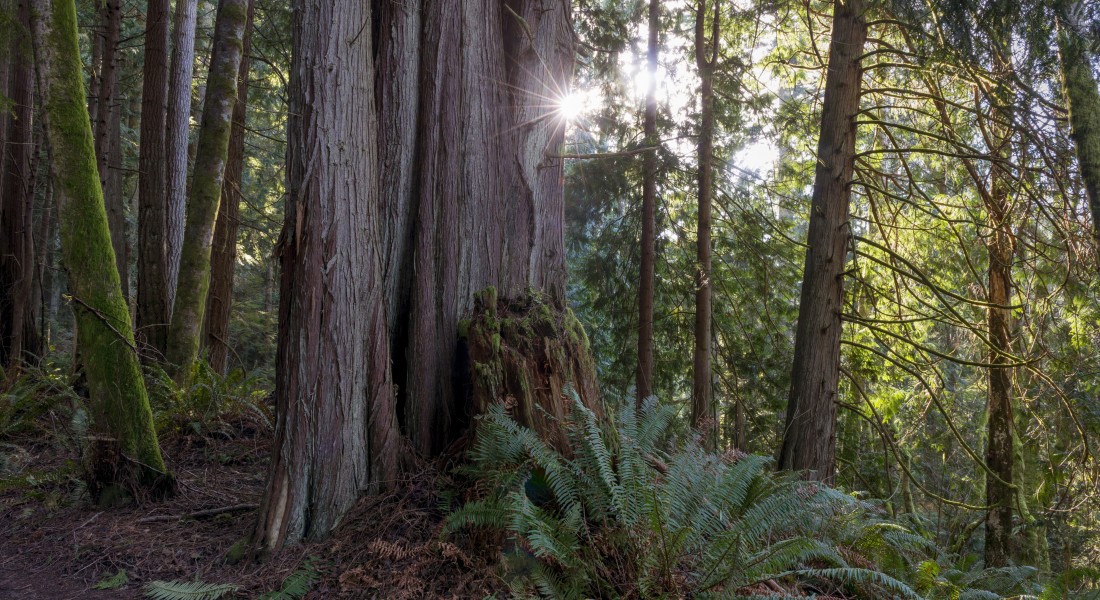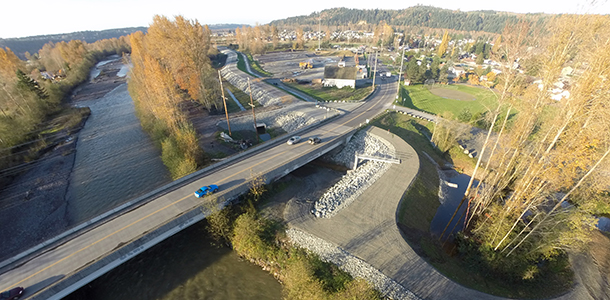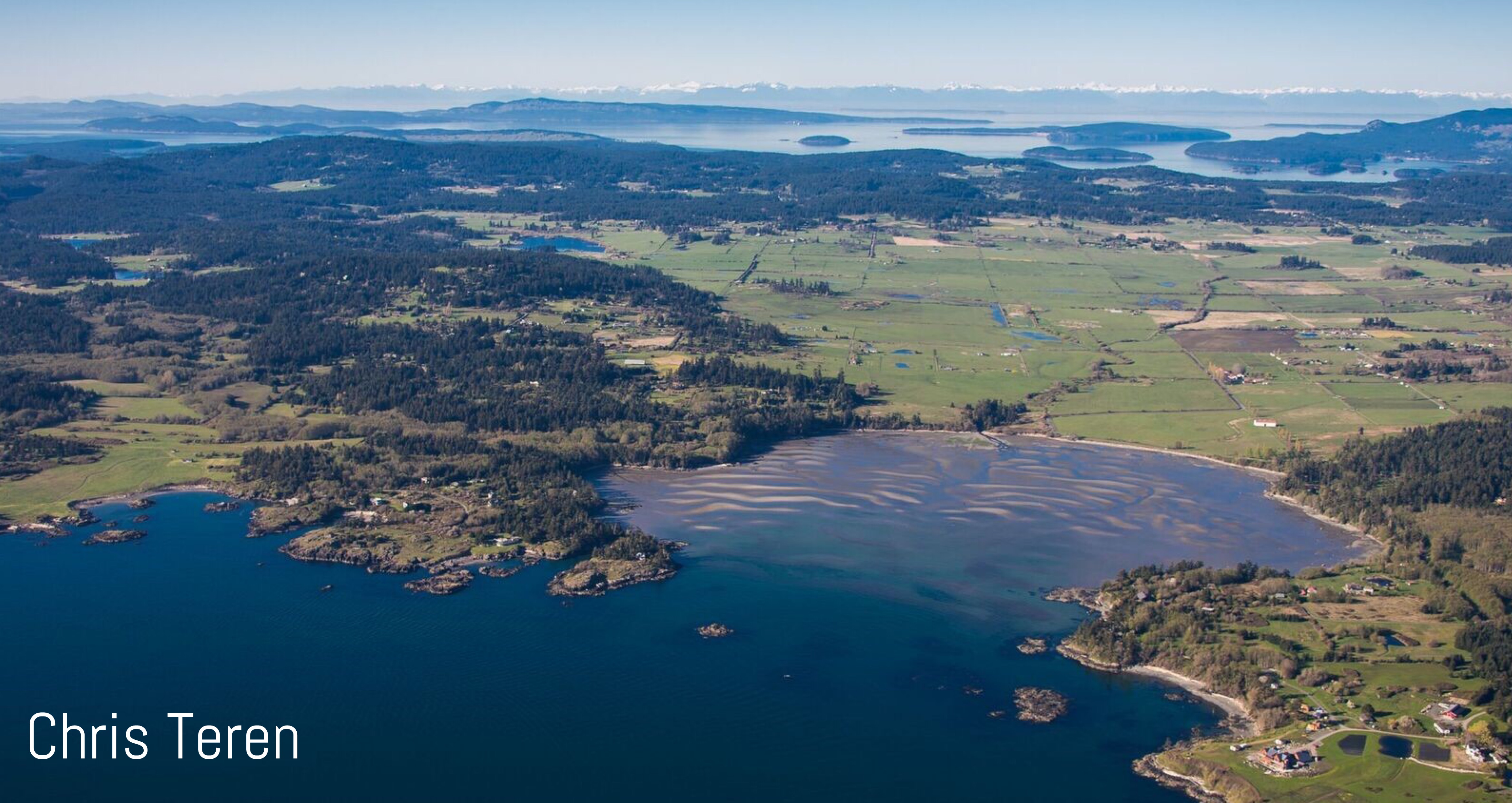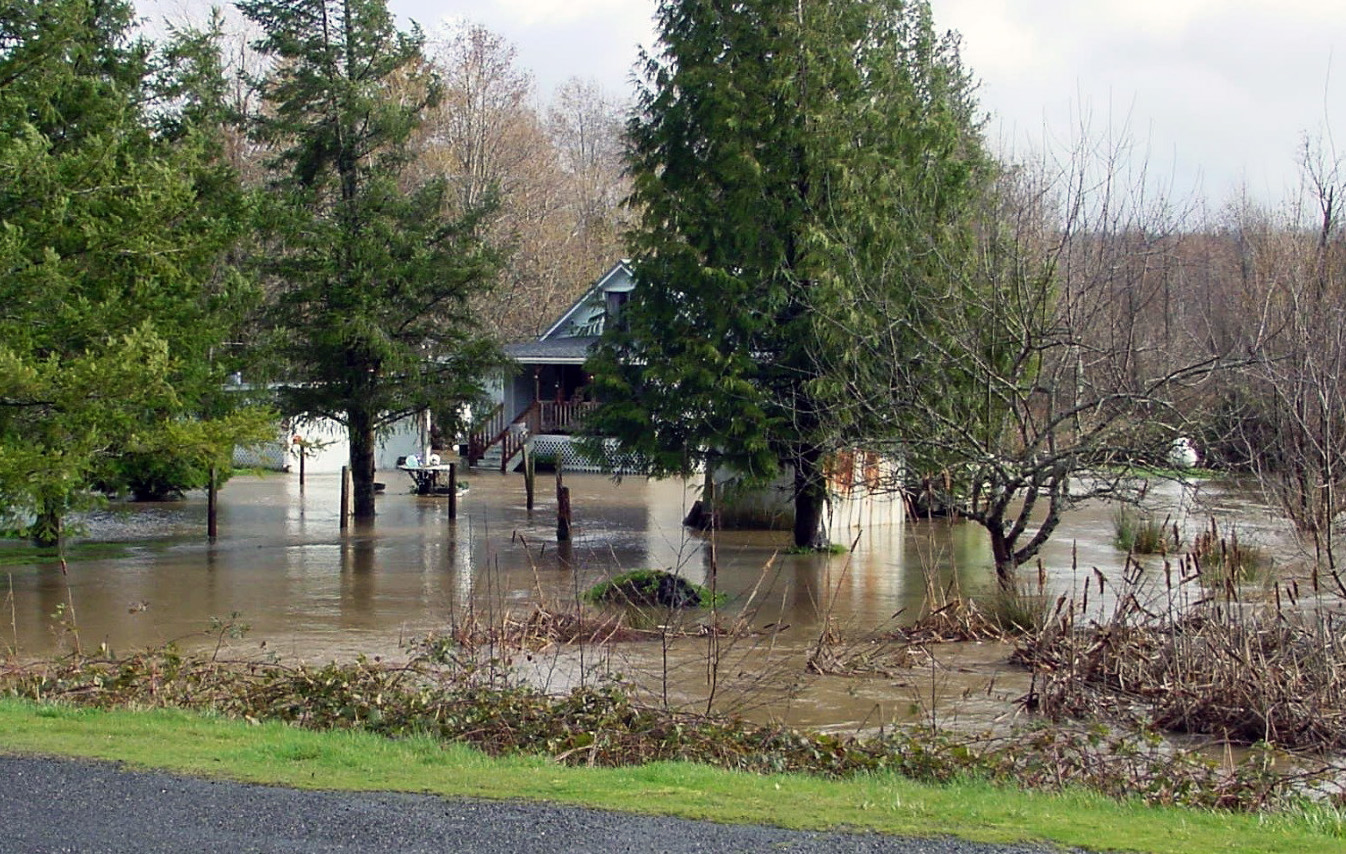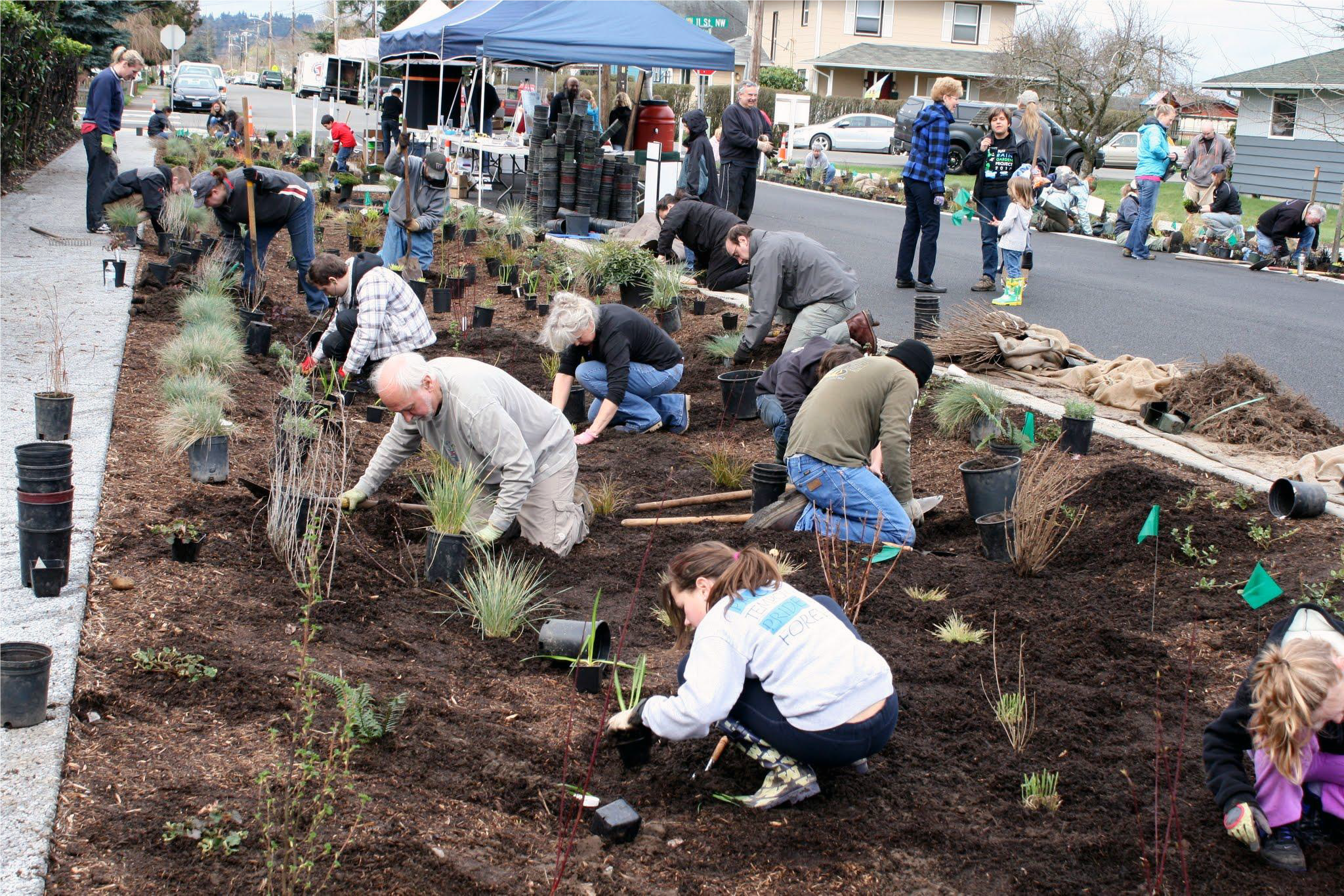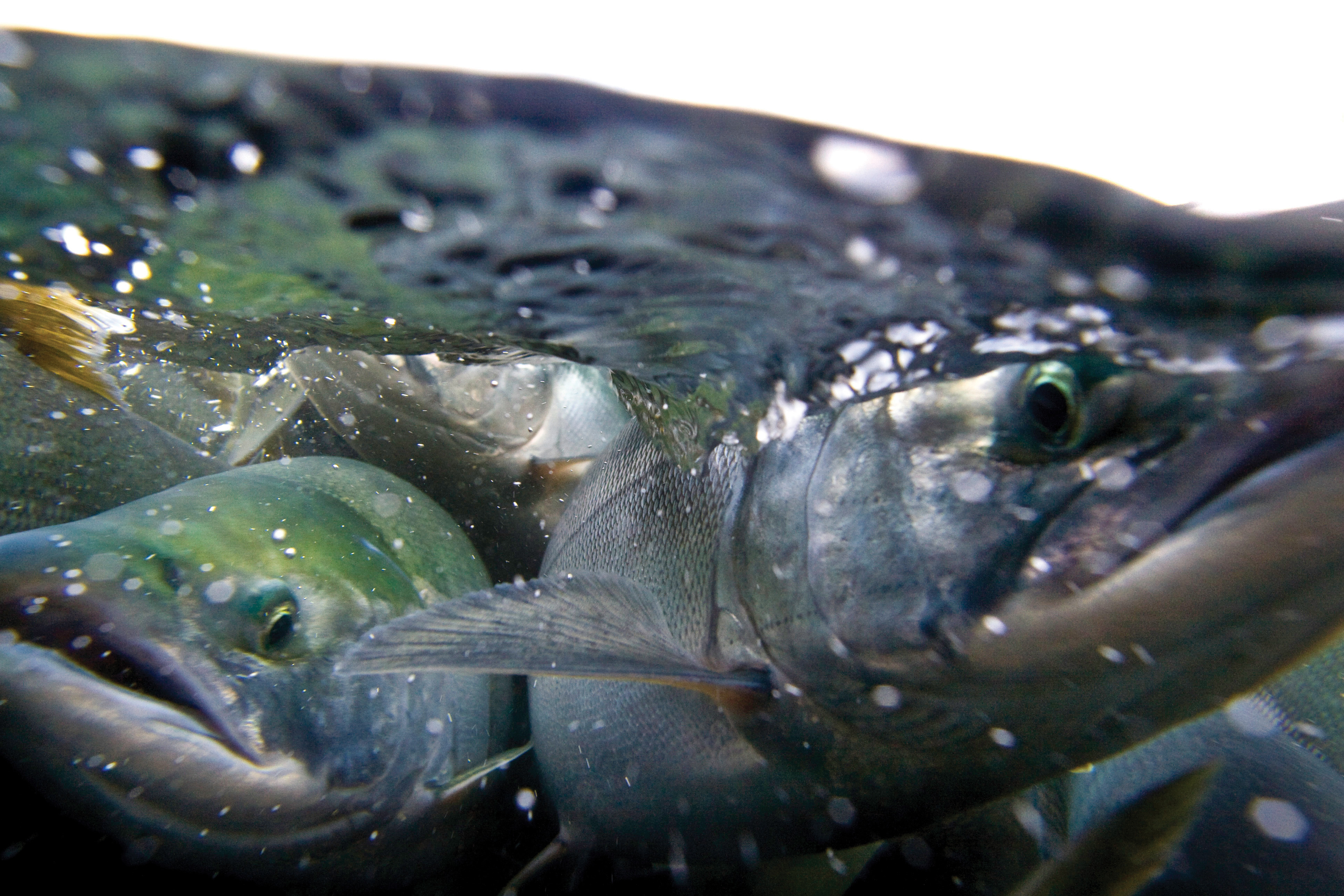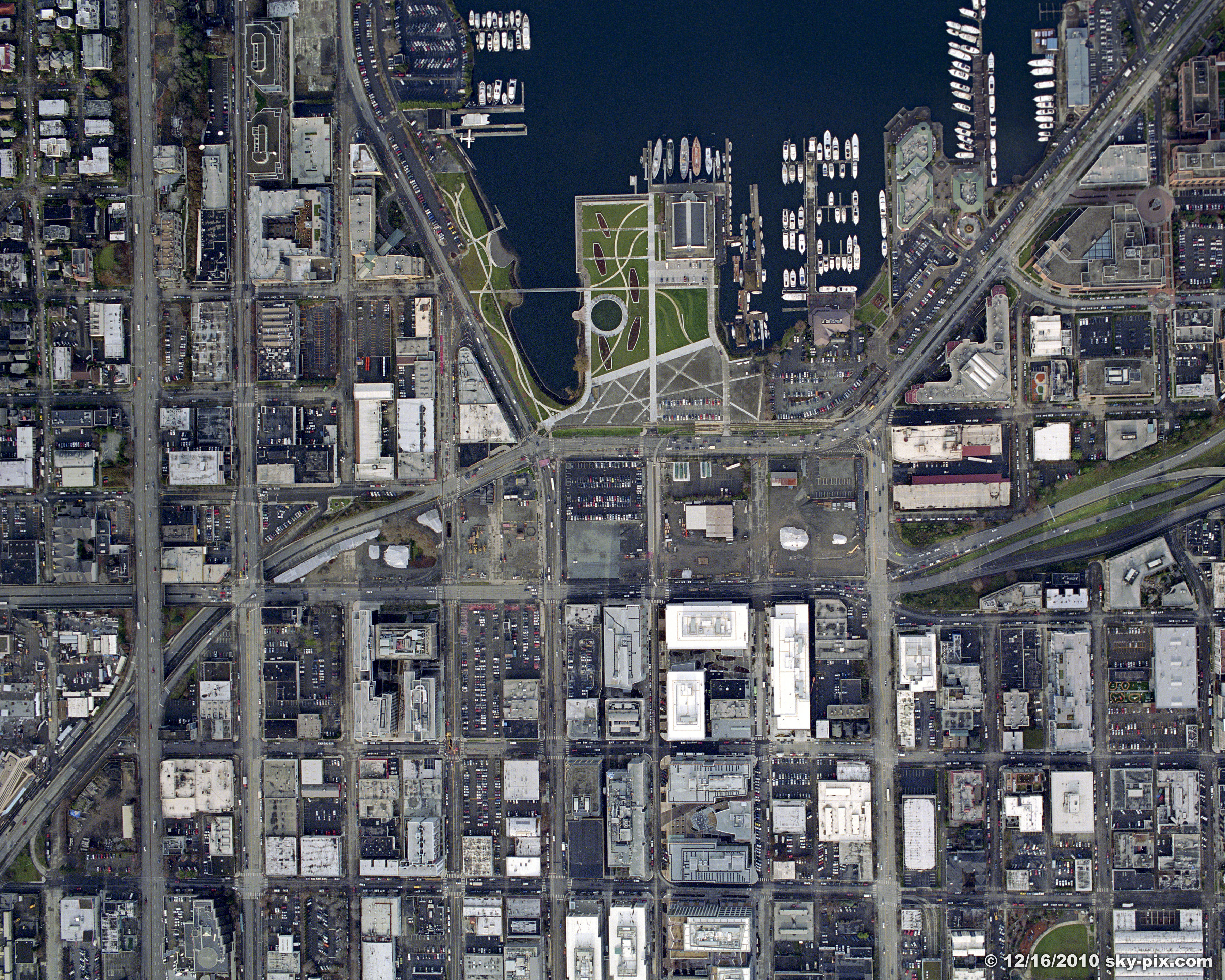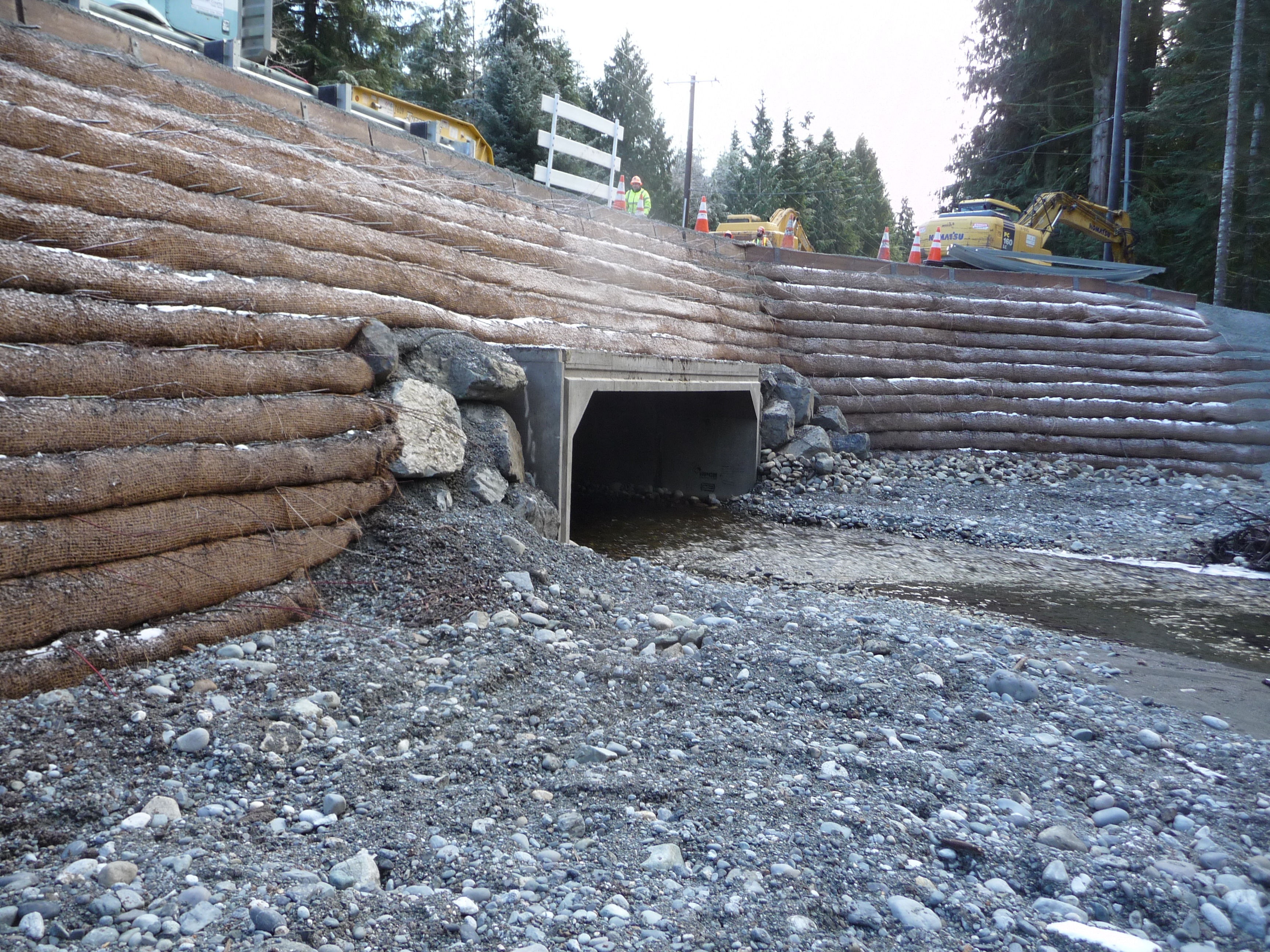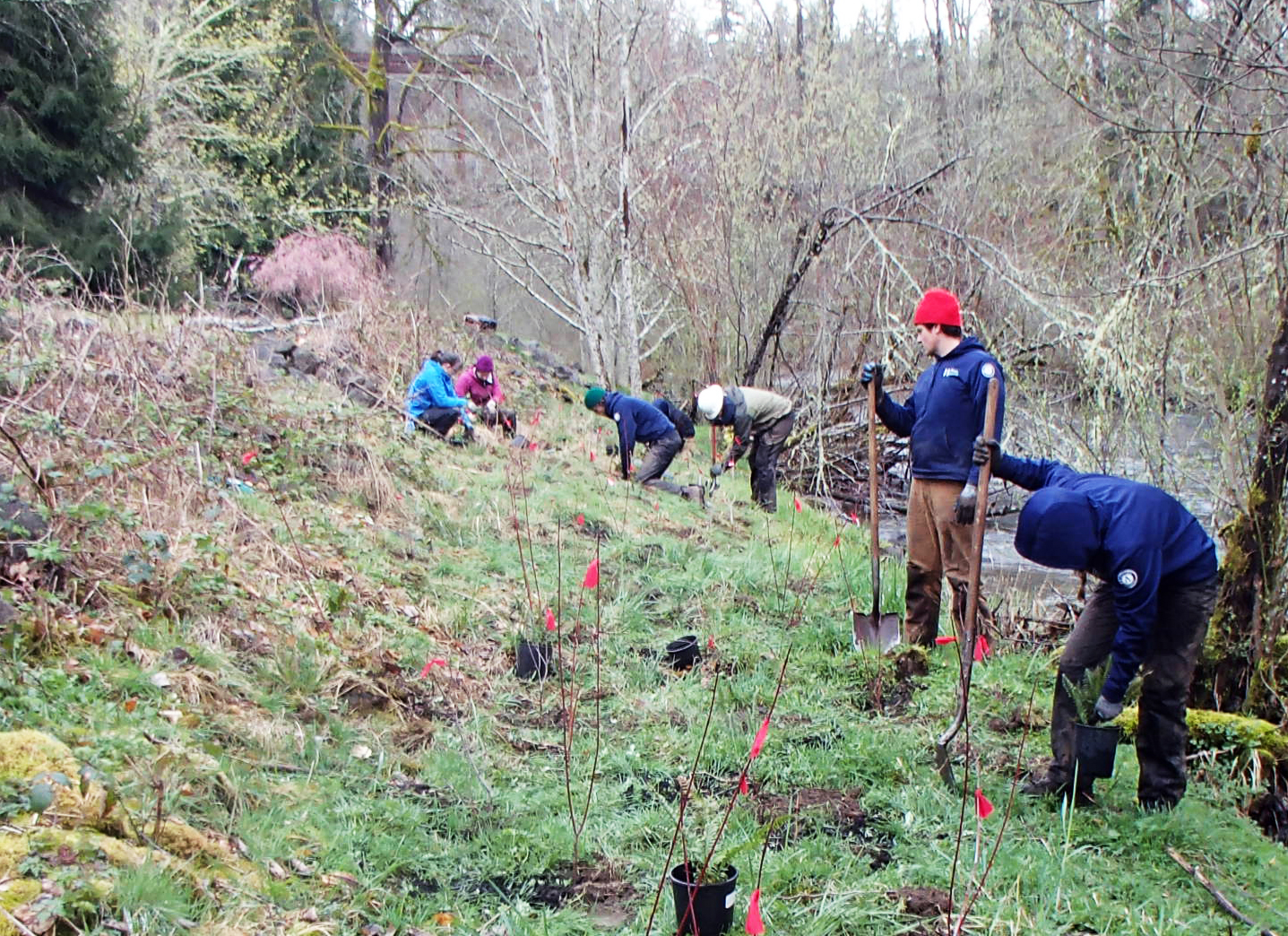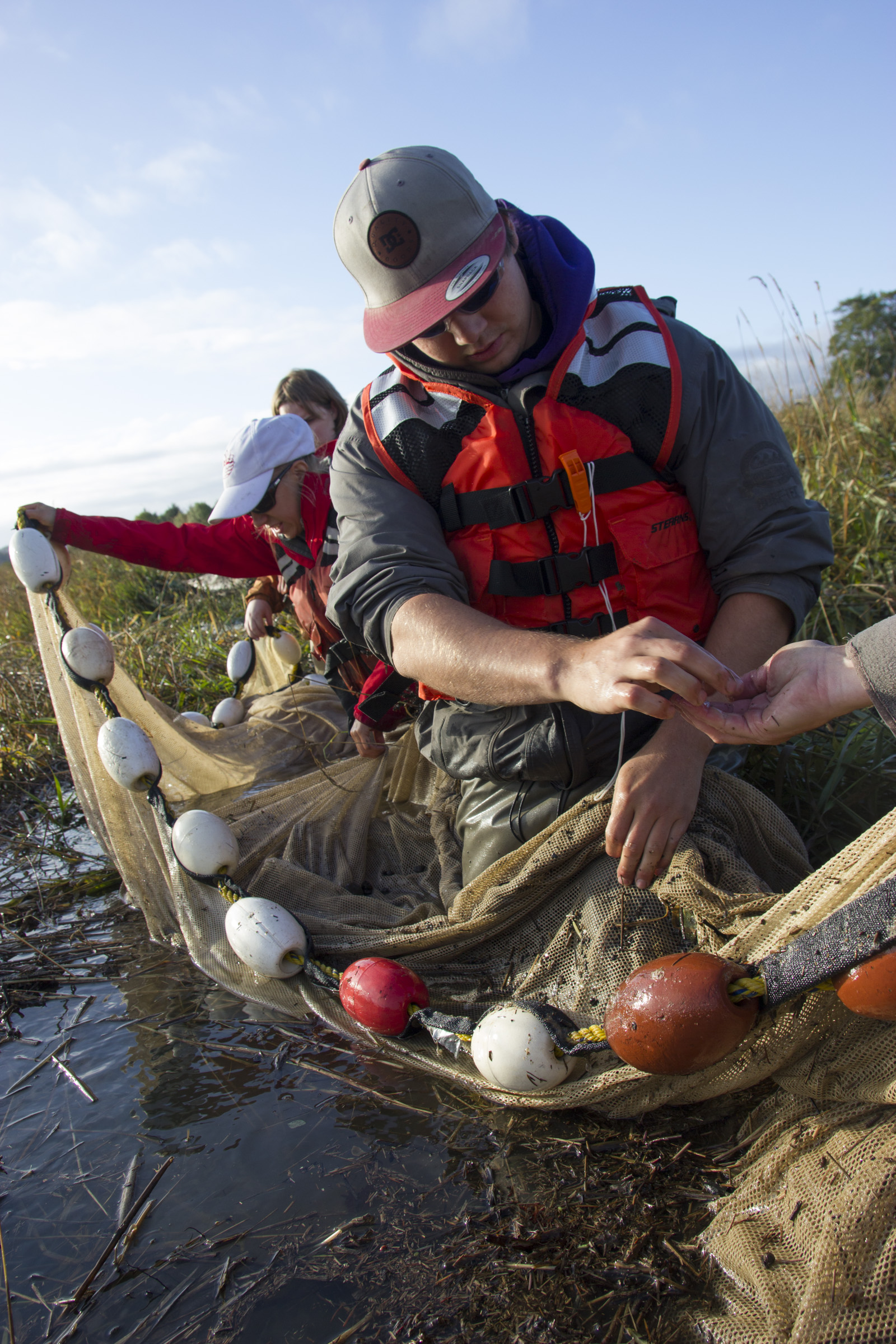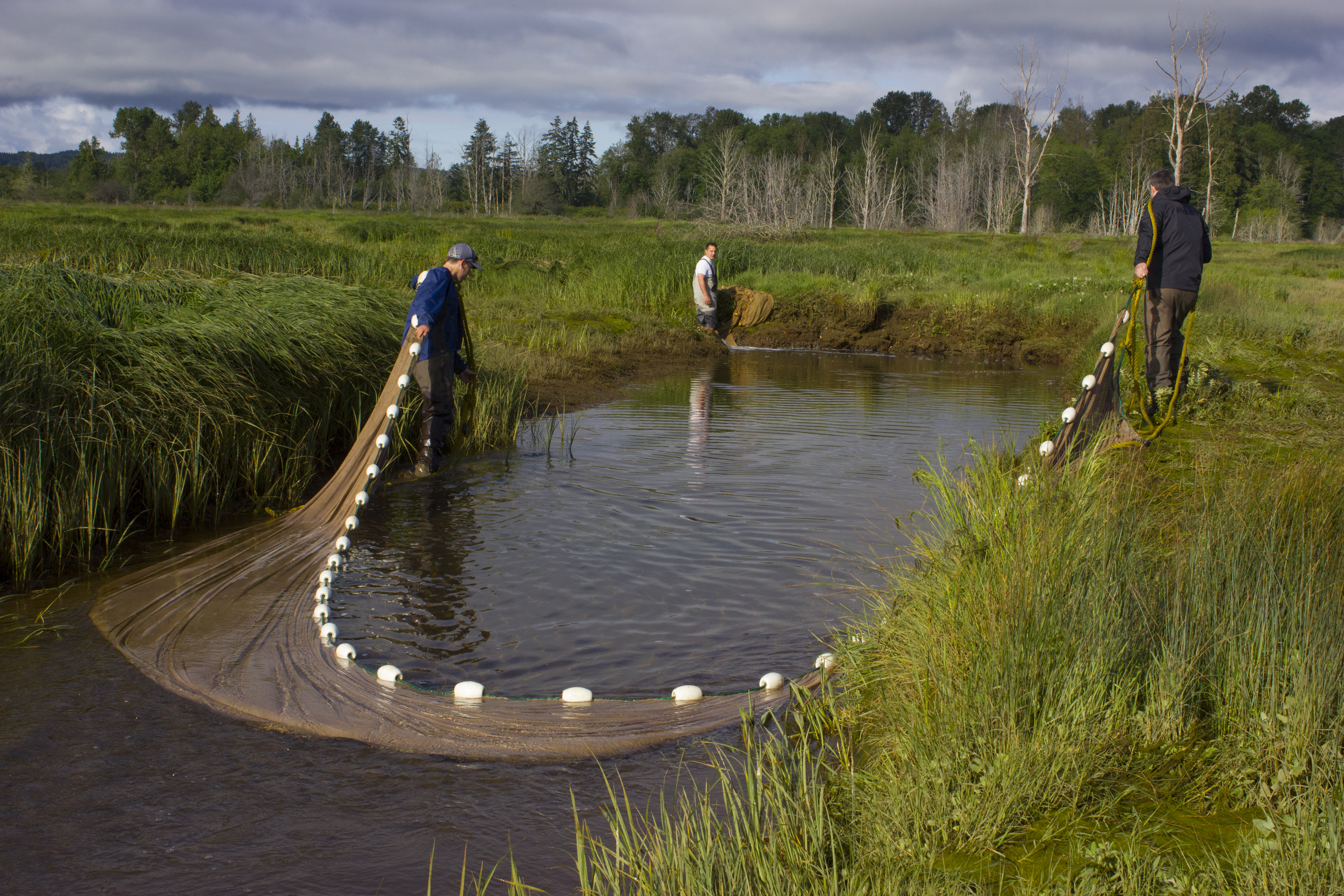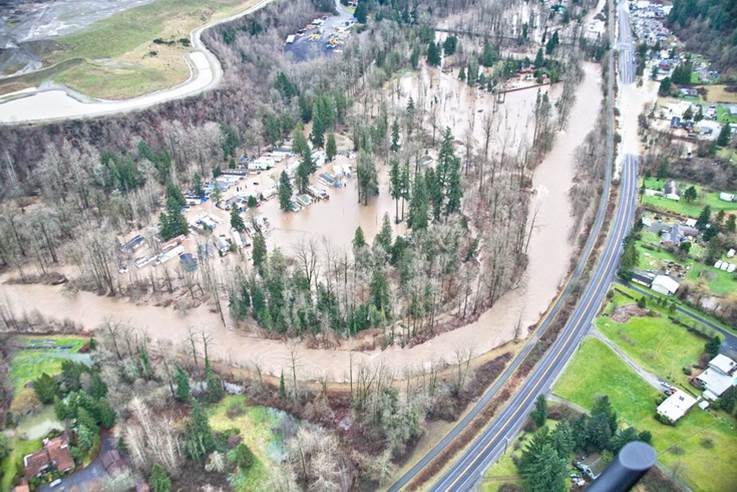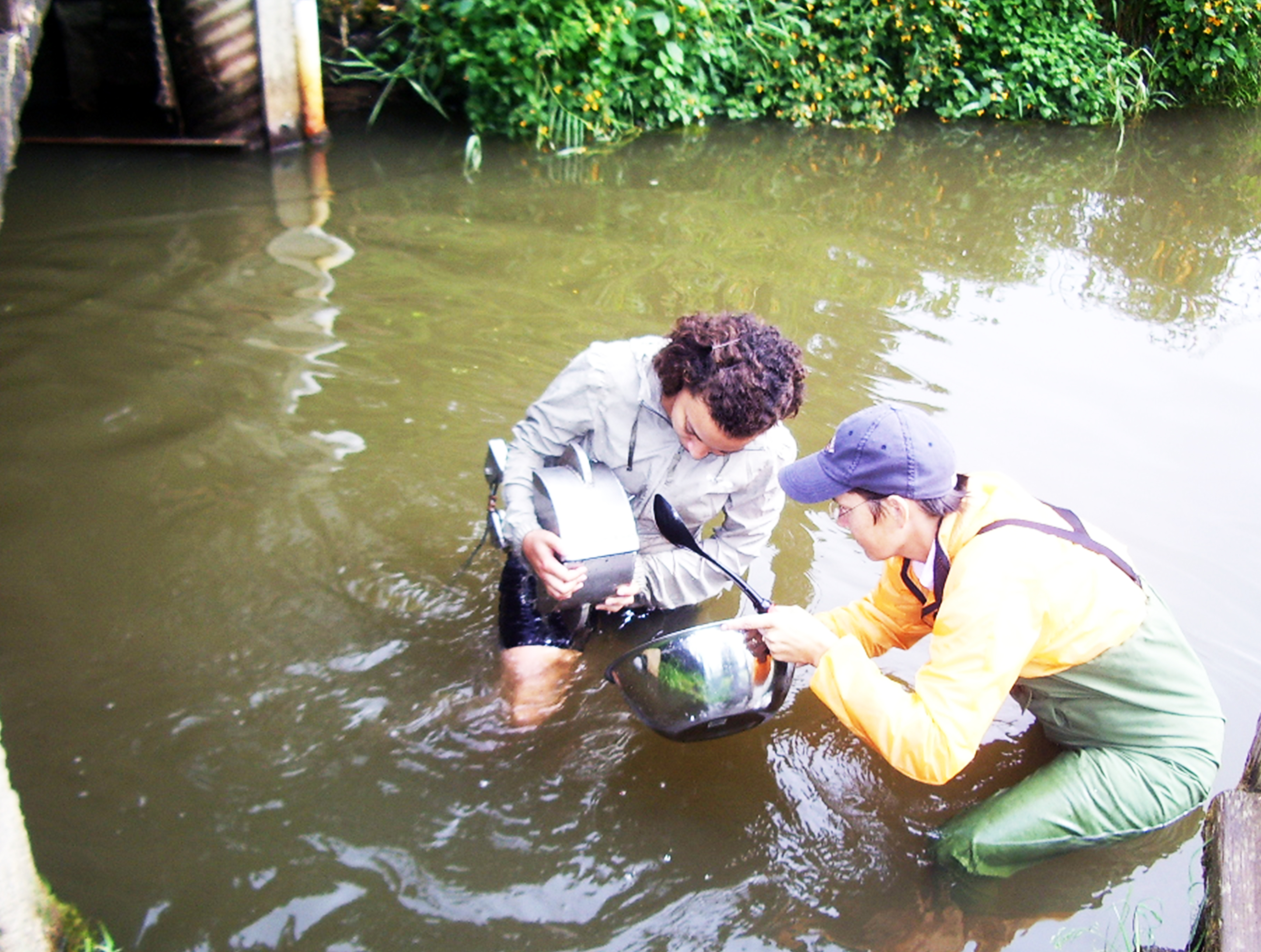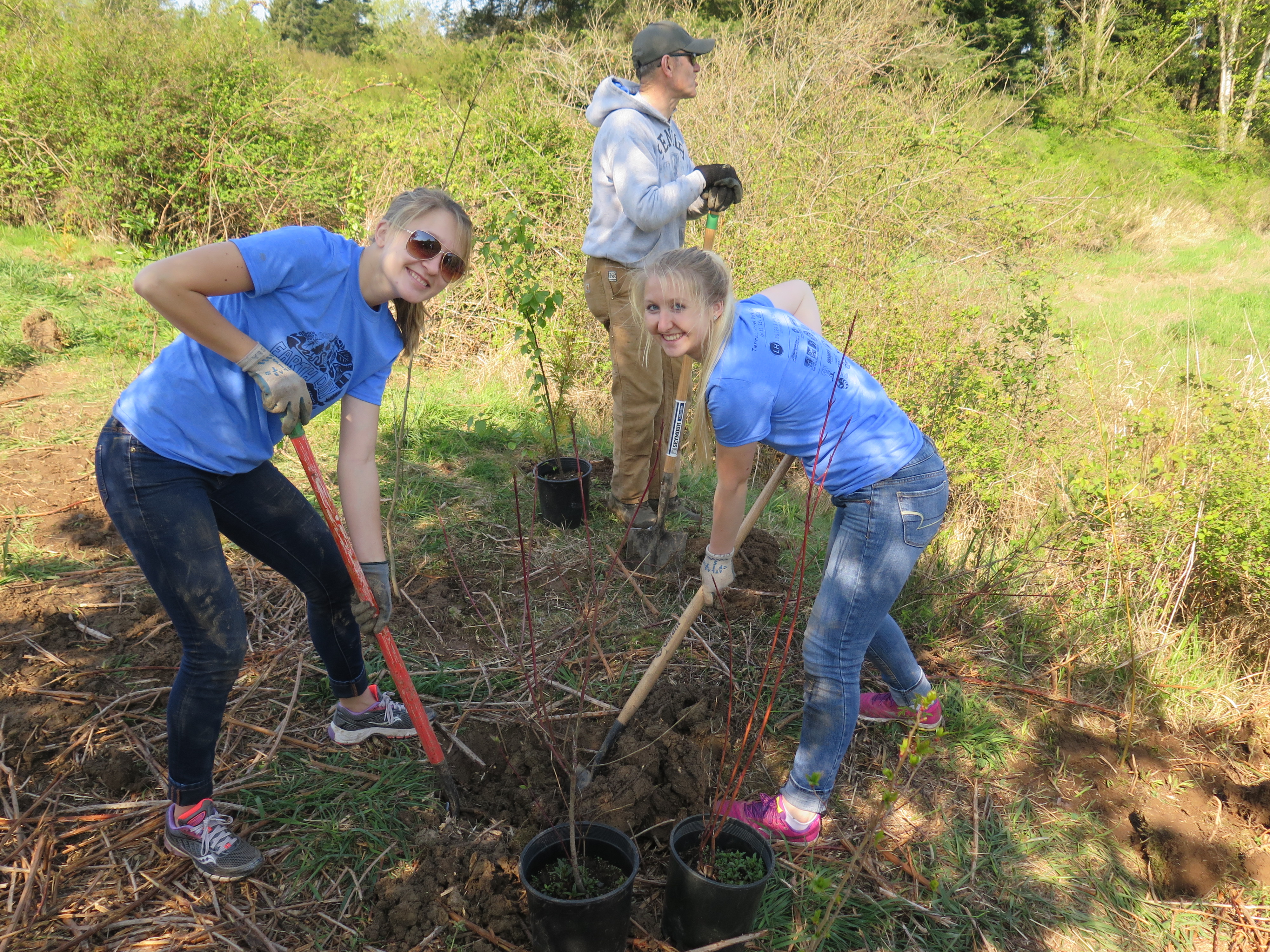Counties and tribes collaborating to improve water quality The Hood Canal Regional Pollution Identification and Correction (HCRPIC) Program is a unique collaboration between the Hood Canal Coordinating Council, Kitsap County, Mason County, Jefferson County, the...
Sultan River Diversion Dam Modification
Salmon return to Upper Sultan River after 90 years For the first time in 90 years, salmon are using 6.5-miles of stream habitat in the upper Sultan River, thanks to an innovative project by the Snohomish County PUD that opened the river for fish passage past the...
Thornton Creek Salmon Habitat Restoration
Salmon return to spawn after restoring an urban stream's natural habitat Chinook salmon returned to Thornton Creek in the Meadowdale neighborhood of Seattle in 2018 for the first time in twenty years. Chinook salmon were filmed laying their eggs in this urban stream,...
Using Beavers for Salmon Habitat Restoration
Protecting wildlife and helping landowners builds salmon habitat naturally The Tulalip Tribes are collaborating with an unlikely partner to restore habitat for salmon: beavers. For four years, the Tribe has relocated about 100 beavers from private lands in the...
Duwe’iq Stormwater Treatment Wetland
Clear Creek, a Puget Sound salmon stream, flows into Dyes Inlet, which supports shellfish beds, water recreation activities, and nearshore wildlife habitat. Like many Puget Sound streams, Clear Creek has been encroached on by rapid development as the Puget...
Making connections for salmon in the Skagit
Photo credit: Eric Mickelson, Skagit River System Cooperative Project Summary Illabot Creek is a highly productive tributary of the upper Skagit River that supports relatively large populations of Chinook, chum, coho, and pink salmon, native char, and steelhead trout....
Moga Farm Restoration Project
CONGRESSIONAL DISTRICT: 01 LEGISLATIVE DISTRICT: 39 WRIA: 7 CITY, COUNTY: Snohomish, Snohomish County PROJECT SUMMARY The Snohomish River is the second largest producer of Endangered Species Act-listed Chinook salmon in the Puget Sound. The Moga Farm...
Cherry Creek Restoration Project
CONGRESSIONAL DISTRICT: 01 LEGISLATIVE DISTRICT: 45 WRIA: 7 CITY, COUNTY: Duvall, King County COST: $703,000 PROJECT SUMMARY Cherry Creek is the Snoqualmie River's lowest major tributary; its location provides high recovery-benefit potential for Chinook, Coho, and...
Lyre Conservation Area
CONGRESSIONAL DISTRICT: 6 LEGISLATIVE DISTRICT: 24 WRIA: 18 CITY, COUNTY: Dungeness, Clallam County Project Summary The Western Strait of Juan de Fuca, a migratory corridor for Puget Sound salmon, is characterized by small pocket estuaries and high-energy beaches. The...
Calistoga Levee Setback
CONGRESSIONAL DISTRICT: 8 LEGISLATIVE DISTRICT: 2 WRIA: 10 CITY, COUNTY: Orting, Pierce County Project Summary Man-made levee systems disconnect the river from its floodplain and prevented the large river systems from meandering. In Orting, the Puyallup River would...
Puget Sound National Coastal Wetlands Conservation
In early 2017, the U.S. Fish and Wildlife Service awarded the Washington State Department of Ecology with $4.7 million in National Coastal Wetlands Conservation grants to fund six projects to restore and protect wetlands in Puget Sound and the Grays Harbor area. The...
Lower Big Quilcene
The Lower Big Quilcene restoration project is in the design phase of developing community-supported actions to improve flood protection for the town of Quilcene, over 30 homes, and road access to the largest employer in Jefferson County—Coast...
Puyallup Green Street
Puyallup has its first Green Street—though for now it's still called 8th Avenue. The 8th Avenue Low-Impact Development (LID) retrofit encompasses more than 18,000 square feet of porous asphalt roadway, 3,200 square feet of permeable sidewalks, and 11 rain...
Nooksack River
A habitat restoration effort on the Nooksack River aims to help two important populations of Puget Sound Chinook salmon recover from dangerously low numbers. As with other salmon recovery actions undertaken by the Nooksack Indian Tribe, the goal of the...
Leque Island Estuary
In the Stillaguamish River watershed, 85 percent of historical tidal marsh habitat has been displaced by other uses. Leque Island's tidal marsh habitat is particularly valuable for young Chinook salmon as they transition from fresh water to saltwater but it is...
Cranberry Creek
Cranberry Creek, a tributary to the Stillaguamish River, is home to endangered steelhead and bull trout. It is also an important salmon spawning stream, but an old, corroding culvert was preventing migrating fish from getting where they needed to go. A culvert...
Cedar River Knotweed Removal
Stewardship in action: removing invasive knotweed one property at a time Invasive knotweed is an aggressive invader of riparian habitats throughout Western Washington. The plant displaces native vegetation and destabilizes riverbanks, disrupting natural habitat...
Qwuloolt Estuary Restoration
Led by the Tulalip Tribes, the Qwuloolt Estuary restoration is one of the largest restoration projects in Puget Sound. (Qwuloolt is the Lushootseed word for "marsh.") Located within the Snohomish River floodplain, the estuary historically encompassed tidal...
Skokomish Estuary Restoration
The Skokomish River floods more frequently than any river in Washington, and yet the river channel often goes dry during Chinook salmon migration. This is because nearly half of the Skokomish River estuary had been converted to diked farmland, which contributed to...
Rainbow Bend
Rainbow Bend on the Cedar River was the site of an ambitions levee removal and floodplain restoration project that provided flood risk reduction benefits and restored salmon habitat. The project's first stage included buying a flood-prone mobile home park and...
Clarks Creek
Clarks Creek near the city of Puyallup was the site of a recent study conducted by the Puyallup Tribe of Indians. The two-year study examined sediment sources throughout the creek, and investigators found that if 23 major sources of sediment were repaired, more...

